After twenty editions of Mobility Week, we already know that cars are wrecking the climate (and that is why we're calling out car manufacturers like Volkswagen). We also know that cities must implement ambitious policies to protect people and the planet.
During European Mobility Week 2021, city councils once again reminded people of the need to move around in cleaner cars and by bike to help improve the environment and reduce CO2 emissions.
But sustainable mobility is not only about greening cities; it's about making life easier for the most vulnerable so that getting around safely and comfortably isn't a privilege only enjoyed by car owners. We asked six women to tell us about their needs when they move around their cities.
1. Andreea: When walking is an adventure
"The biggest challenge when I walk in my city is the cars encroaching on every pedestrian sidewalk. Although it is illegal, it's constant. And as there are more and more cars in my city, walking is getting more uncomfortable and dangerous than before, with more traffic and pollution." Andreea, a teenager from Constanta (Romania), tells us.
She also mentions the lack of public transport: "There are not enough buses and bus lines. A robust public transport network is needed so that people can stop using the car in their day-to-day life."
For Andreea, the pandemic restrictions showed that green spaces are essential. "We have to dedicate more space to green areas and less to cars. The city shouldn't be designed for those who have a car to display their economic status, but a place for improving the living conditions of all inhabitants."

2. Cristina: Accessibility must be universal
The difficulties you experience when moving around the city are felt even more strongly when you're in a wheelchair. Cristina, living in Parla, Spain, tells us: "As a wheelchair user, I can't say that the city is a hostile environment for me since, fortunately, the disability movement has secured many improvements over the years. But getting around the city is still difficult. On the sidewalks, you find lots of obstacles: bar terraces, bollards, traffic signs, motorcycles, bikes, scooters, even trees that block the way. It often happens that you have to get off the sidewalk and use the road with all the dangers this poses."
According to Cristina, achieving universal accessibility in the city will not only benefit those who use a wheelchair: "If universal accessibility was taken into account in mobility policies, cities would welcome all people on equal terms, since each bit of space and infrastructure could be enjoyed by everyone. Why build stairs to enter a building and a ramp on the side if the ramps are easier for everyone?"
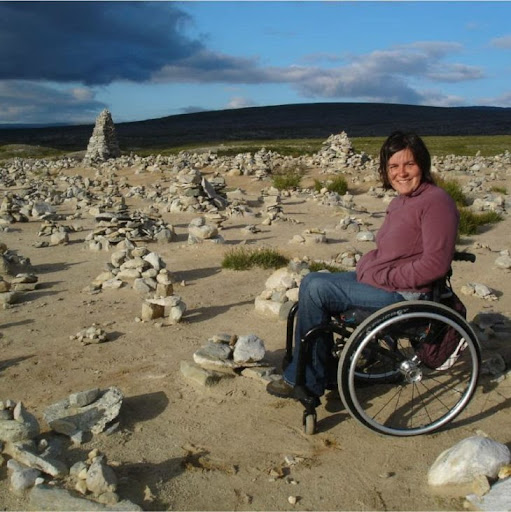
3. Antonia: Moving around is more difficult if you're a woman
In 2016, 92% of EU women with children cared for them on a daily basis, but only 68% of men did the same. Women are more impacted by the challenges of moving around the city with children in tow.
"During my first months of motherhood, I carried my baby in a sling, but when I started using a stroller I began encountering many problems: very high sidewalks, full of potholes, with cars parked on them… Moving around the city with a baby is an obstacle course!" says Antonia (Brasov, Romania), who regrets the inaction of the administration: "I can't wait for them to fix these problems, although I have started legal proceedings several times."
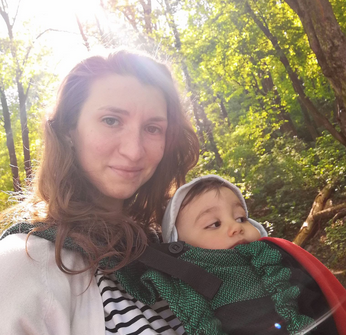
4. Martina: There are no safe spaces
The lack of spaces to walk is also compounded by the lack of safe places. "I have to travel with my two-year-old quite often, and from time to time you have to stop to allow the child to run around a bit," says Martina, from Bratislava (Slovakia). "However, most of the streets are not safe; I can't let him walk on the sidewalk because there are cars everywhere. The only safe spaces are surrounded by fences (like parks and swings), but such places are hard to find and sometimes require me to make a long detour."
For Martina, a city with open spaces and without cars would allow her more freedom to get around with her little one, breathe cleaner air, and take less time on her daily trips. "My life would be easier and healthier. I ask politicians to spend a week in my place and try to go everywhere with a baby. If they did, surely many things would change."
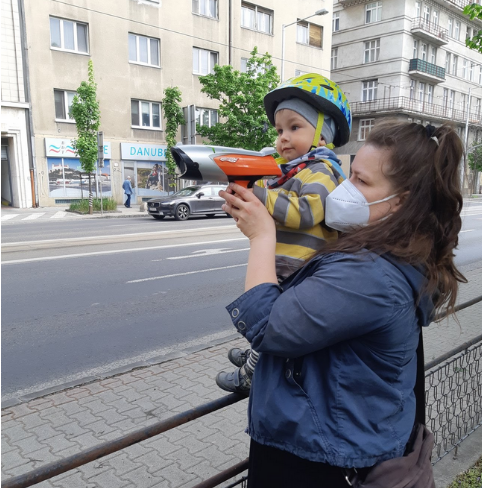
Less cars to give more space to those who need it most
A city with fewer cars also makes life easier for those who really need to use them. Cristina told us that due to her physical condition she needs to drive often, but in the parking spaces dedicated to people with disabilities, "you often find cars without a card or motorcycles that park next to you and prevent you from opening the door. Sometimes I have had to go back home because I simply couldn't park."
These problems further limit your ability to move when you have a disability. "You constantly have to design your routes and check the places where you can or can't go. Simple changes of plans or infrastructure can make life very complicated. There are people with disabilities who have to refuse a job because getting to the workplace is impossible by public transport. What is the use of making buildings accessible if reaching them is impossible?" Cristina wonders.
5. Carry: A matter of social justice
Depending on the car has a price. That is why younger people or people with less purchasing power are relegated to public transport. Carry is a student and worker from Treviso (Italy) who does not have her own car and moves around by public transport and by bicycle. "I have to walk 3.5 km to get to work. It is not much, I wouldn't mind walking, but since I work late and I'm a young woman, for safety reasons, I prefer to go by bicycle."
On rainy days, Carry uses the bus, but has to walk back "because the bus service ends at 23:30 and it is a problem, not from a logistical point of view but, above all, for my own safety as I have to walk back home alone at night."
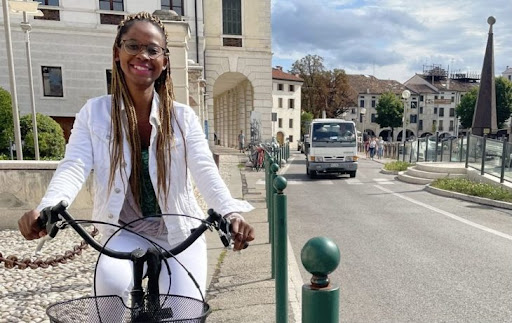
6. Diana: Quality public transport
Diana (Romania) tells us that she often has to wait up to 40 minutes for the bus "in the intense winter cold, which can be difficult for people with health problems. Sustainable public transport must be user-friendly, for example, clean, with air conditioning, and include safe cycling routes to get to work faster."
For Diana, a faster, more comfortable, and easier-to-use public transport system would make her daily life easier, and would also bring cleaner air to her city. That is why she claims that politicians, who already know of the problems faced by their citizens, should urgently provide them with solutions: "Do your job and improve transportation! We're already late!"
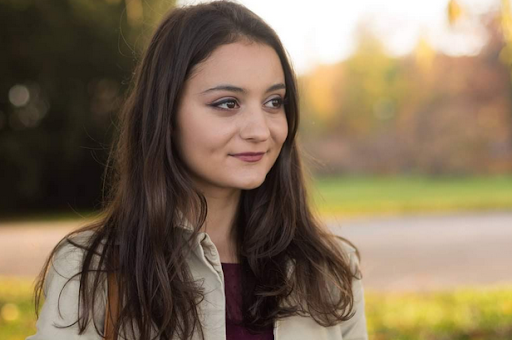
Mobility For All is working with allies to promote the benefits of alternative mobility for improved city life for all city dwellers, whatever their background or socioeconomic status.
Join the campaign!






